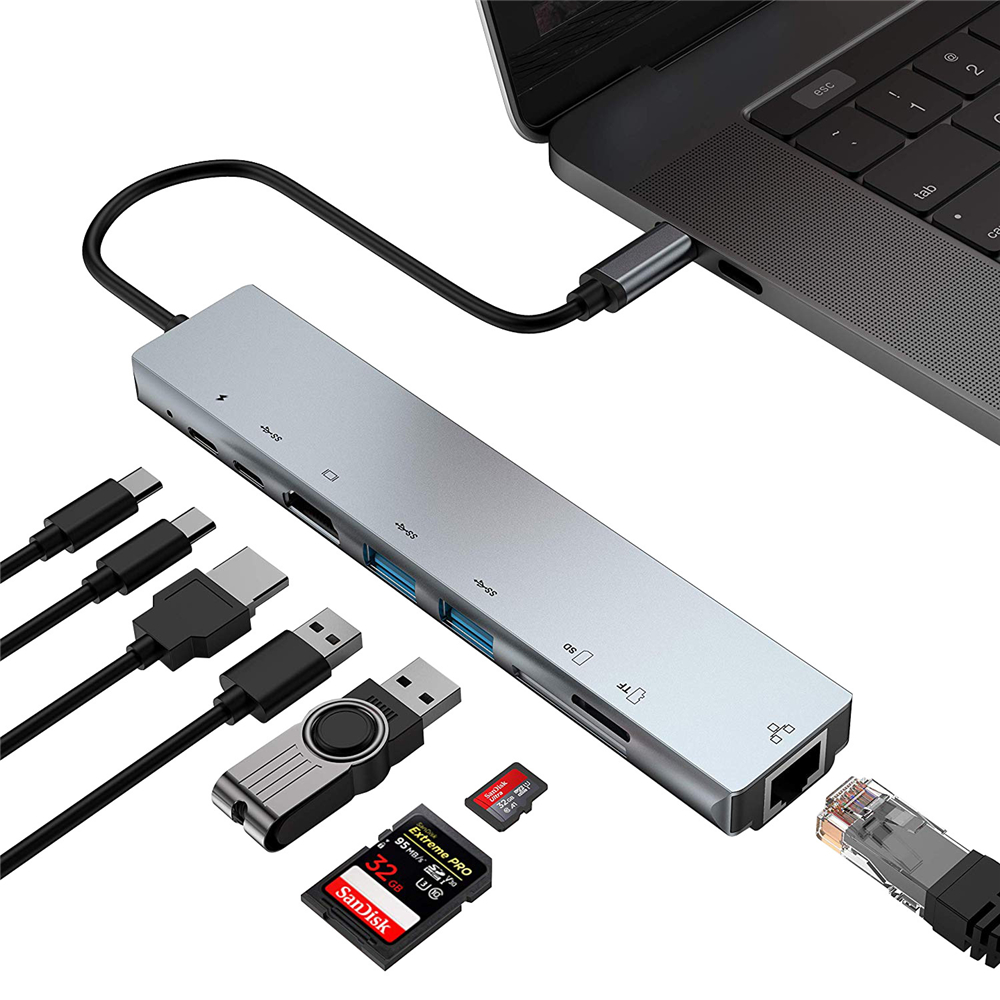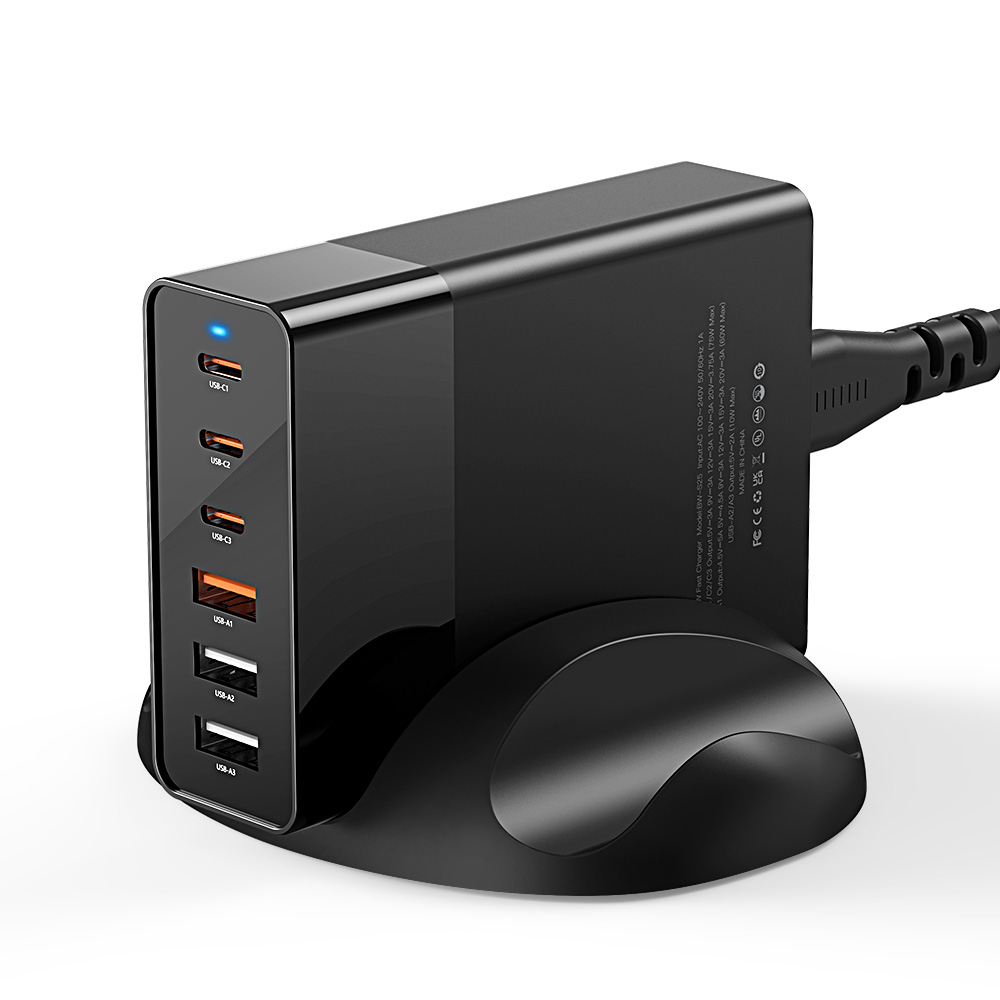When it reached the end of its support lifecycle, I started looking for the most suitable upgrade in 2021: The DS720+ (after some hesitation with the DS 220+)
Sue to its 'old' age, the DS213+ faces some limitations:
- It is not upgradable to DSM 7.0
- In turn, it can only run the aging PhotoStation instead of its modern and faster successor: Synology Photos.
- For some time now Plex stopped supporting the Freescale Dual Core. This CPU is also unable to perform the transcoding sometimes required to stream movies to the TV.
Aside from overcoming these limitations, the beafier DS720+ brings the following benefits:
It can run VM's (with Synology Virtual Machine Manager) and containers (via Docker)
Upgrading from the DS213+ to the DS720+ couldn't have been easier! So, for people like me, who tend to over-prepare this kind of critical operation, it's almost frustrating!
This is all it took:
- Disconnect the DS213+
- Remove the 2 HDD's from the old NAS
- Insert the HDD's with the screwless brackets of the new DS720+
- Plug the new NAS to the LAN and power it up
- Search for it with using the url "find.synology.com" on a web browser
- Follow the guide...
What? Done already? yes!
Installing Plex
Upgrading the memory
For this one, it's not a bad idea to 'over-prepare' a bit before buying. Unless you accept to cough up the premium price of Synology-branded-and-officially-supported memory, buying the wrong cheaper alternative can actually cost money in the end.
I can only speak for the one I bought: the Samsung SO-DIMM module which seems for me the safest alternative and works perfectly wihtout triggering any system event like some others would. It costs between 50 and 60€ and sells under this description:
M471A1K43CB1-CTD 8GB DDR4 2666MHz SO-DIMM 260-Pin Memory Module.
For other alternatives, visit this in-depth article from mariushosting.com
Despite not officially supporting over 8GB RAM, the Celeron J4125 processor works fine with 10, but it would make little sense to go over.
Check also this video from NASCompares for a series of unofficial memory upgrade tests:
Adding SSD for cache
This is another upgrade option of the DS720+ which provides 2 slots for these, but unless recommended by the SSD cache advisor (part of the Synology Storage Manager), it's not an absolute necessity.
The instant benefit of Docker
Why install a full operating system on a virtual machine just to run one app? A container is a brillant solution in such situation as it takes a much smaller footprint.
Vaulwarden is an excellent example of a great use of Docker. It is a portage of the free password manager Bitwarden where the hashed passwords are normally stored on the Bitwarden site. While this method is secure (the encryption occurs on your side with a private key that is not shared), having all your passwords stored on your own server inevitably adds some peace of mind.
Once again mariushosting made it easy with this fool proof guide.
You will also need to go through the certificate and reverse-proxy configuration to provide the required https connection, but it's easier than it looks.
Once in place the various clients, web plugins, and smartphone apps available from Bitwarden can be set to connect to the self-hosted server rather than the Bitwarden site.














No comments:
Post a Comment
Note: Only a member of this blog may post a comment.